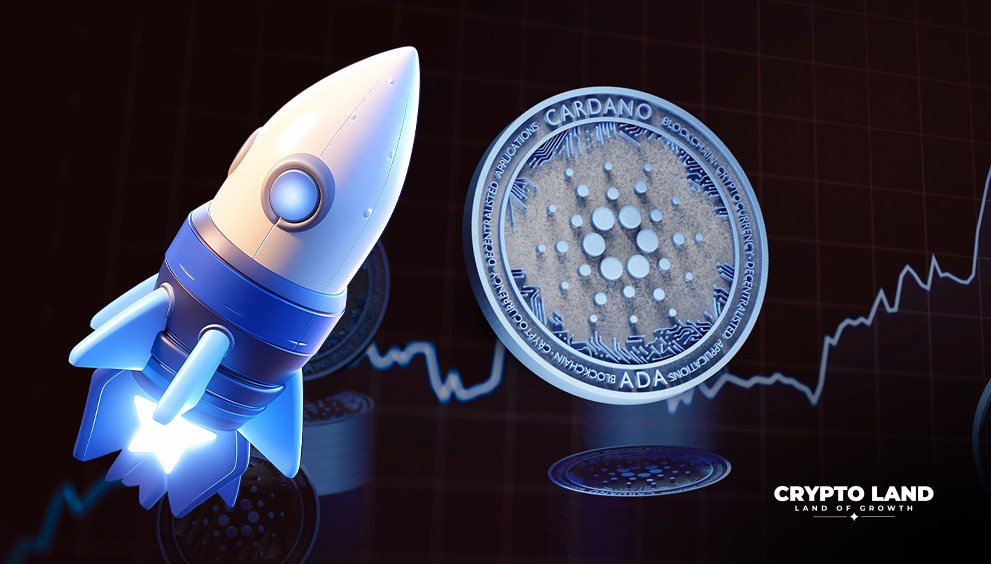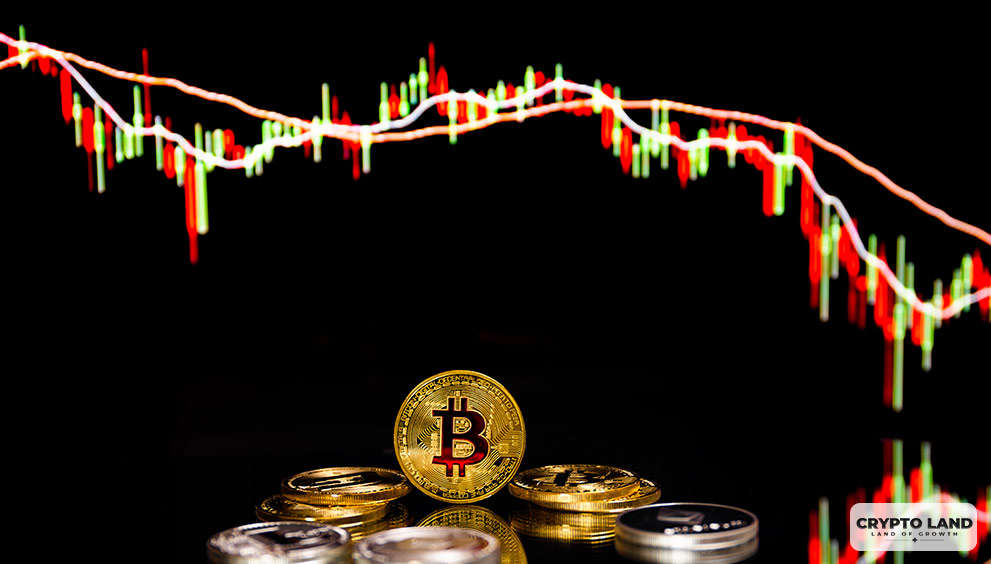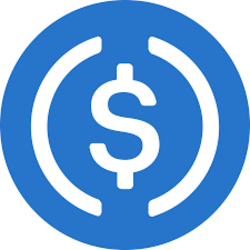How Does Market Cap Impact Cryptocurrency Price?

Crypto Market Cap Definition
Market Cap refers to a cryptocurrency’s overall value in the present. This value is obtained by multiplying the total circulating supply with the current token price. If the circulating supply is replaced with the total supply, it would then refer to a fully diluted market cap.
If a cryptocurrency’s price is $1 and it has 1 billion tokens in circulation, its current market cap would be $1 billion. And if the total supply is fixed, say at 2 billion tokens, its fully diluted market cap would be $2 billion.
For those cryptocurrencies that do not have a fixed supply or have 100% of their supply in circulation, both the current market cap and fully diluted market cap are the same.
How Is Market Cap Calculated?
Two basic concepts must be understood while calculating the market cap: circulating supply and total supply. Circulating supply refers to how many coins are currently in the market with various investors, while total supply refers to how many coins can be minted for a specific crypto.
When we multiply the circulating supply by the current token price, we get the total market cap, and when we multiply it by the total supply, we get the fully diluted market cap.
-
Market Cap=Current Price x Circulating Supply
-
Fully Diluted Market Cap=Current Price x Total Supply
Both these figures are very important in judging the investment potential of a project. A crypto whose market cap and fully diluted market cap are close has almost all of its tokens in supply, which means there would not be price shocks in the future due to oversupply.
CoinMarketCap is one of the widely used platforms to track cryptocurrency prices and market caps. It collects data from various exchanges by using the volume-weighted average of prices for accurate results. There are other sources to get the market cap like Coingecko, Changelly, and Binance.
Market Cap vs Price
Market cap reflects the dominance and popularity of a cryptocurrency in the entire market. Generally, all cryptocurrencies can be divided into three categories based on market cap:

Small-cap cryptocurrencies: These cryptos generally have market caps below $1 billion and are considered very high-risk. They may undergo rapid price jumps but can also crash significantly.
Middle-cap cryptos: These assets have a market cap between $1 billion and $10 billion. They are more volatile but tend to have growth potential compared to large caps.
Large-cap cryptos: Assets with a market cap over $10 billion, like Bitcoin and Ethereum. These tend to be considered more stable investments because of their long history of being available and their stable market value.
Knowing into which category your cryptocurrency belongs may help investors make improved, more informed risk and investment decisions.
Crypto Market Dynamics
Market cap is one indicator of a cryptocurrency’s relevance, but other factors exist. Most people mistakenly assume that the higher the price, the higher its market cap.
However, this is not always the case. A low-priced cryptocurrency with a high circulating supply can have a significant market cap.
Therefore, it is necessary to analyze market cap relative to trading volume and various market metrics to gain complete visibility.
Another critical aspect is a cryptocurrency’s trading volume, which can affect its market cap and price. A higher trading volume usually reflects much interest and activity, making the price stable. A low trading volume often produces high volatility, thus predisposing a cryptocurrency to more significant price swings.
Impact of Market Cap on Crypto
The changes that are mainly brought about regarding market cap are the rising prices of cryptocurrencies. Prices going up mean that the capitalization in the market would go up because people see a growing interest in buying into the asset.
That said, the opposite would also be true: some sharp price drops can actually devastate the market capitalization of a cryptocurrency significantly and make investors lose much interest.
For instance, while the crypto market cap spiked to approximately $3 trillion in November 2021, it tumbled into a significant downturn to stand at around $2.56 trillion in mid-2024. Such shifts highlight the utility of the market cap in terms of gauging the bigger picture trends of the markets and of specific assets as well.
Investment Factors in Crypto
While the market cap is informative, it should be considered that it does not represent all the risks associated with investing in cryptocurrencies. Cryptocurrency market caps remain highly volatile and can shift rapidly due to various factors, such as regulatory news, technological advancements, and market sentiment.
Research multiple metrics before investing. For example, studying a cryptocurrency’s historical performance, community support, technological innovations, and regulatory environment will help us better understand it.
Market Cap refers to the total value of crypto in the market at the current price. This value signifies the wealth the cryptocurrency has generated for its investors. F
further, the trends in the market cap also show the growth the crypto has given over the years. This can act as an indicator for investment and helps investors estimate how much they are going to make over the years on a certain amount of investments. As new cryptocurrencies hit the markets, their market cap comparison with the older ones helps us decide whether they would be suitable for investment.





















![Top Altcoins in October [2024] You Should Look Out For 20 Top Altcoins in October [2024] You Should Look Out For](https://cryptolandoff.com/wp-content/uploads/2024/10/Top-Altcoins-in-October-2024-You-Should-Look-Out-For.jpeg)

































































































































































































